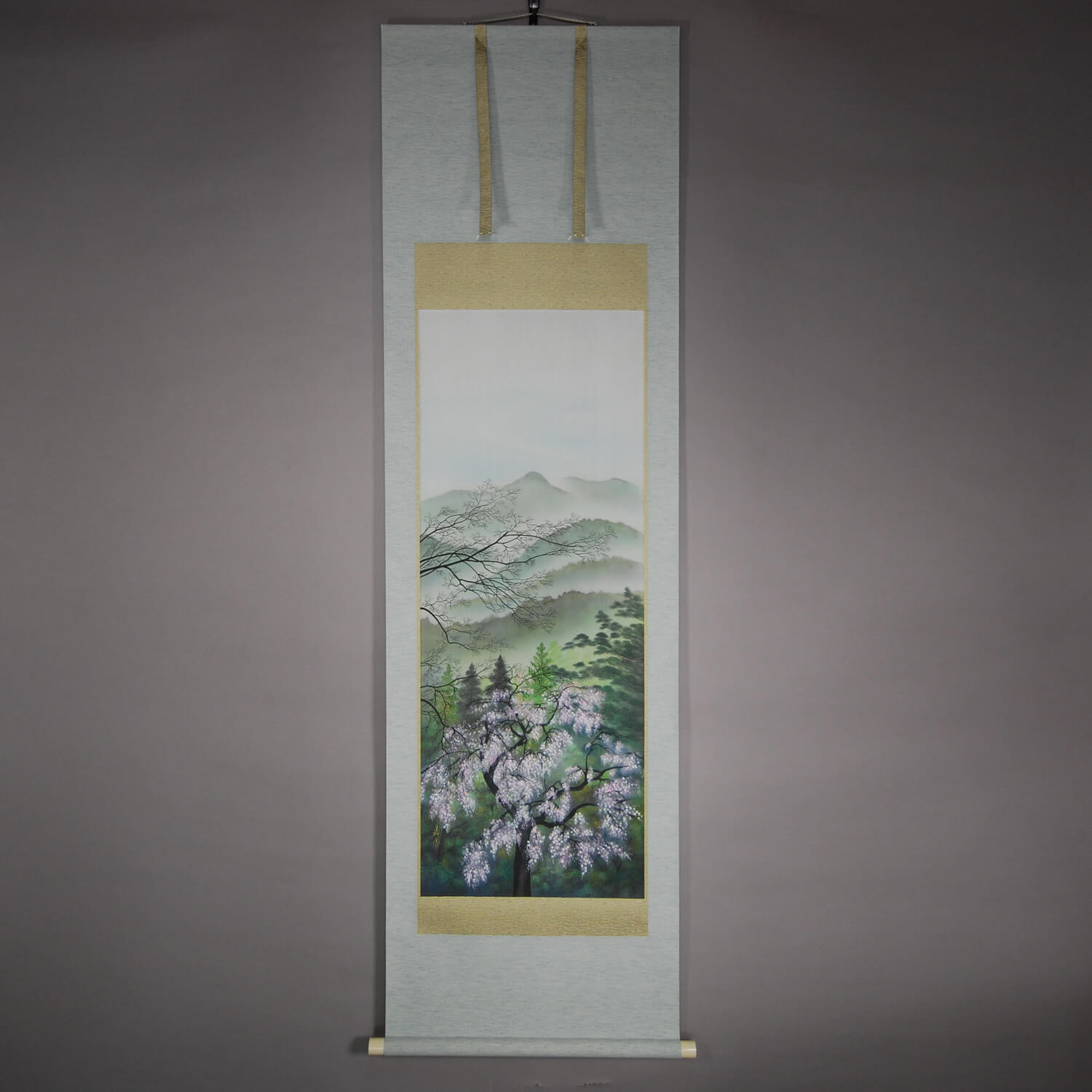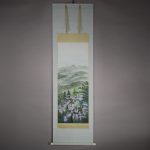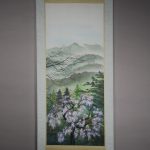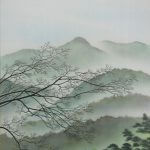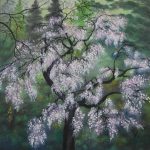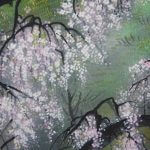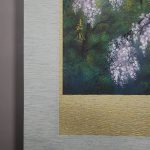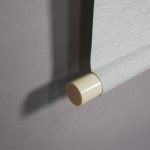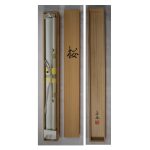Kakejiku Hanging Scroll: Cherry Blossoms / Sakakibara Kahō - Sakura
- Product ID
- B0005
- Name
- Sakakibara Kahō
- Profile
A Japanese-style painter
- Size
- 600mm x 1830mm
- Roller End Material
- Artificial ivory
- Material of the Work
- Silk
- Price
- JPY 60,000
- Stock Condition
- In stock
- Payment: Click the Paypal Mark
- Duty and Taxes
Import duty and taxes are beyond our control and may apply to your shipment. Please noted that these fees are the responsibility of the buyer.
- Description
Japanese people love cherry blossoms because they are not permanent; they give a feeling of “mujō” (transience). While Westerners seek beauty in the eternal, many Japanese have a strong tendency to seek beauty in the transitory. “Mujō” and the view of mujō could be said to be the unique characteristics of the Japanese concept of beauty that has been growing over many years since the medieval era. Mujō is considered to be the fundamental ideology of Buddhism.
This is a painting of cherry blossoms, which are in full bloom, by Sakakibara Kahō. The elaborate depiction of beautiful cherry blossoms is worthy of notice. We can almost feel the supreme beauty of cherry blossoms before they fall.

